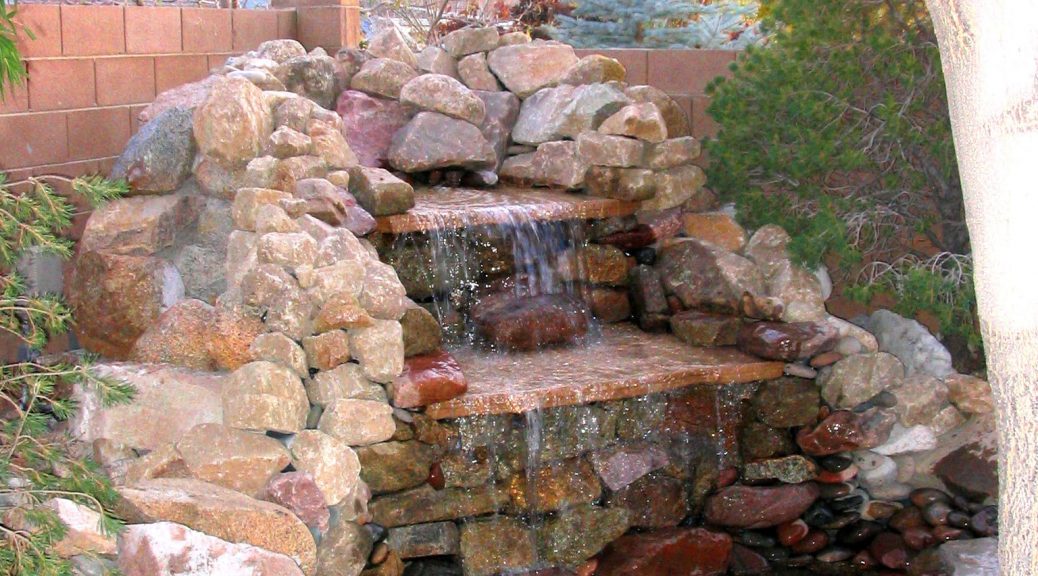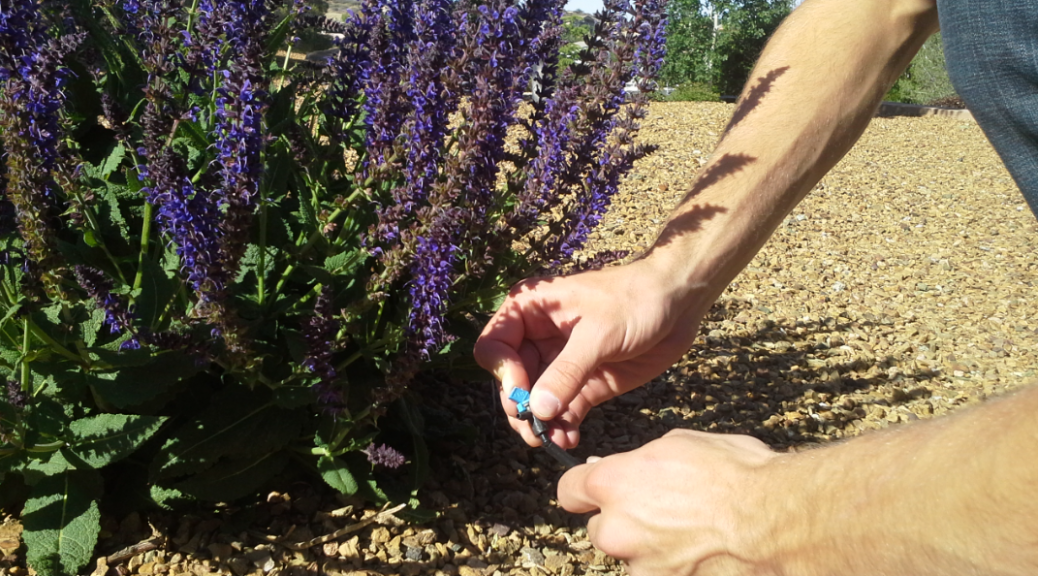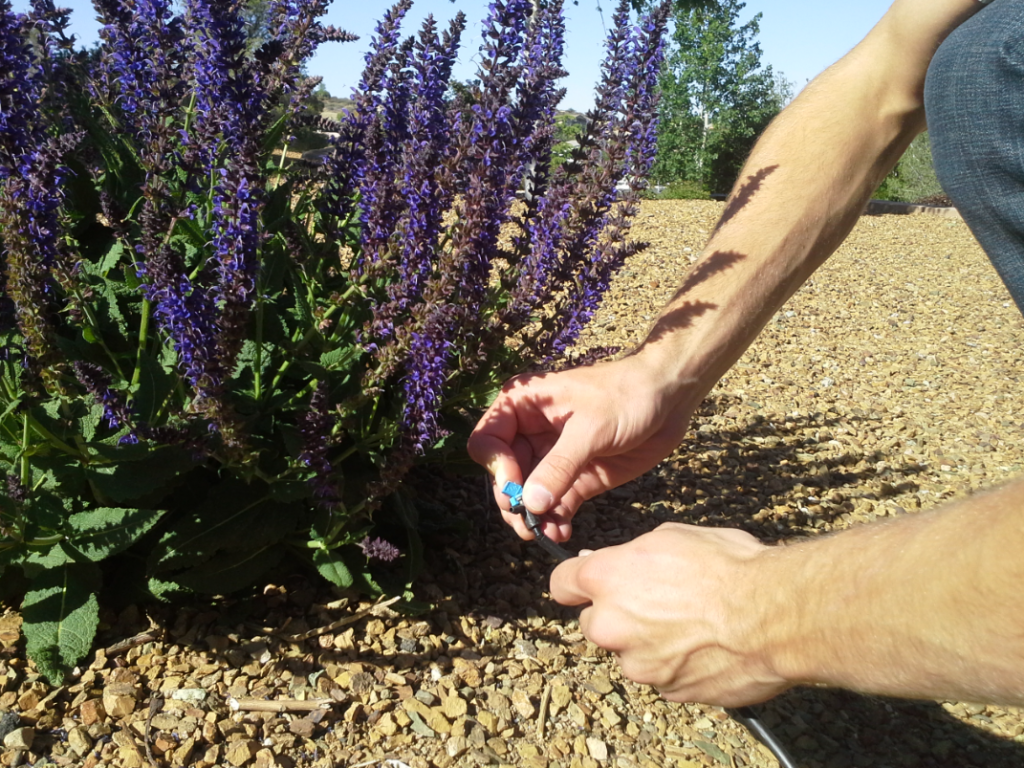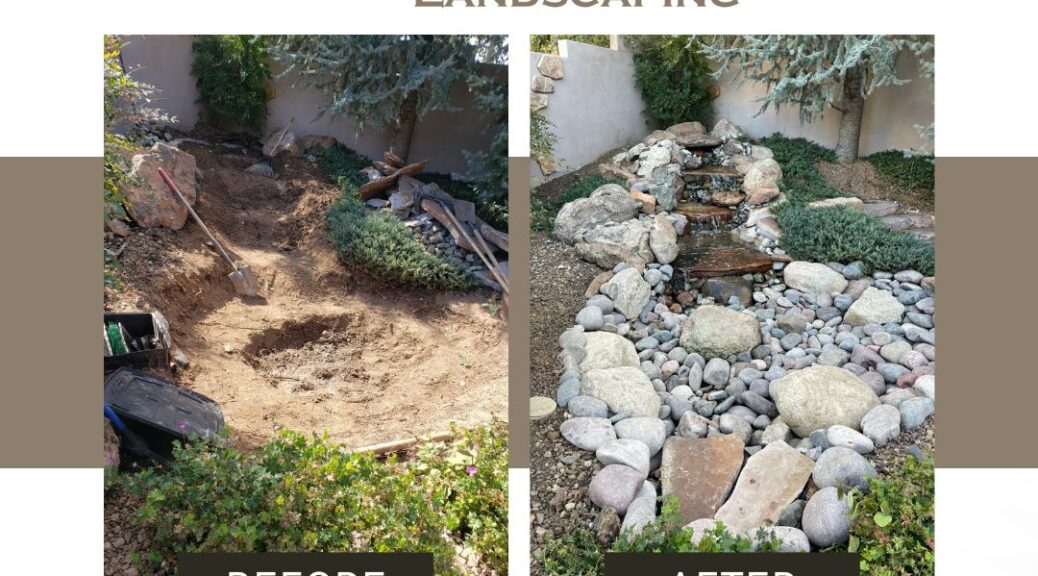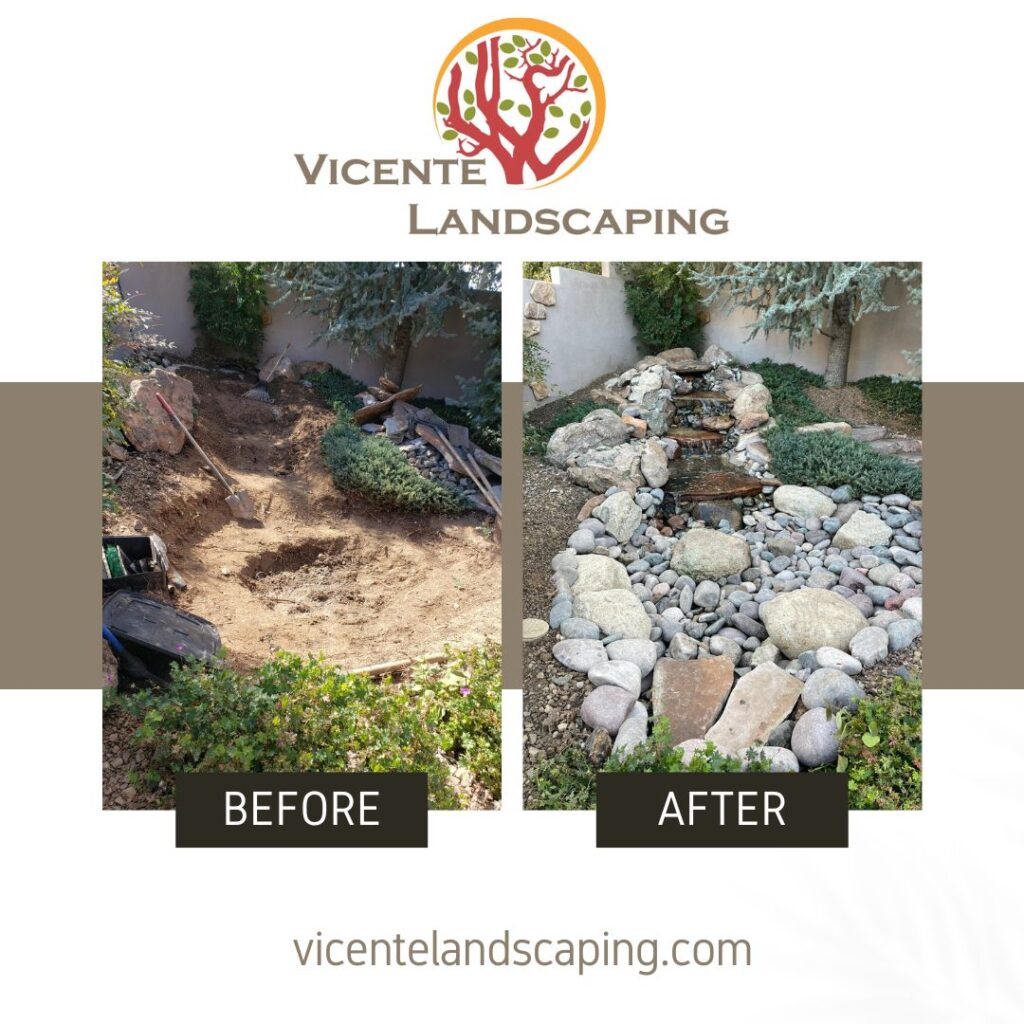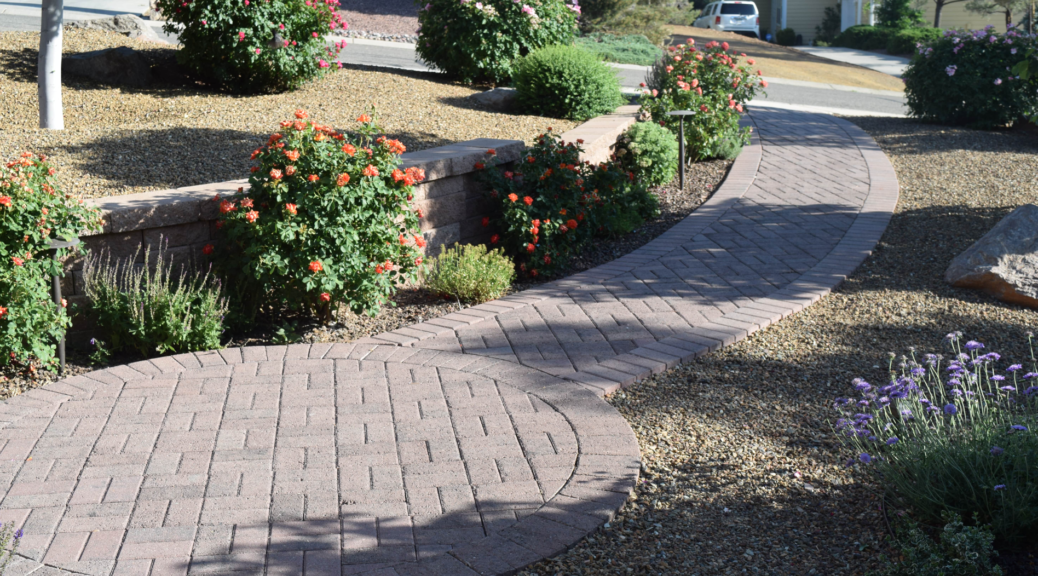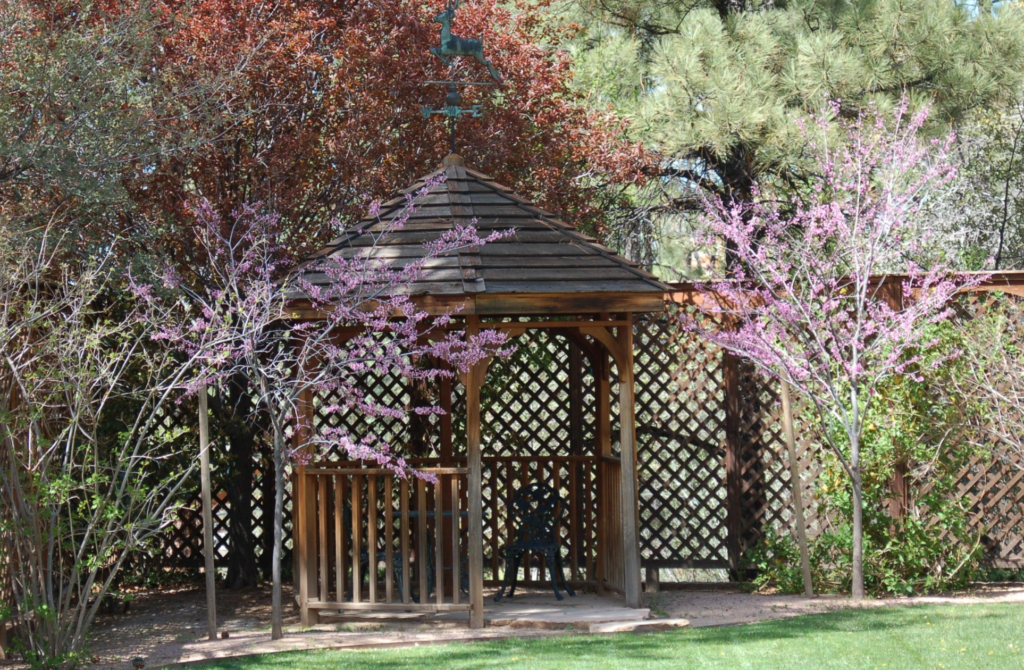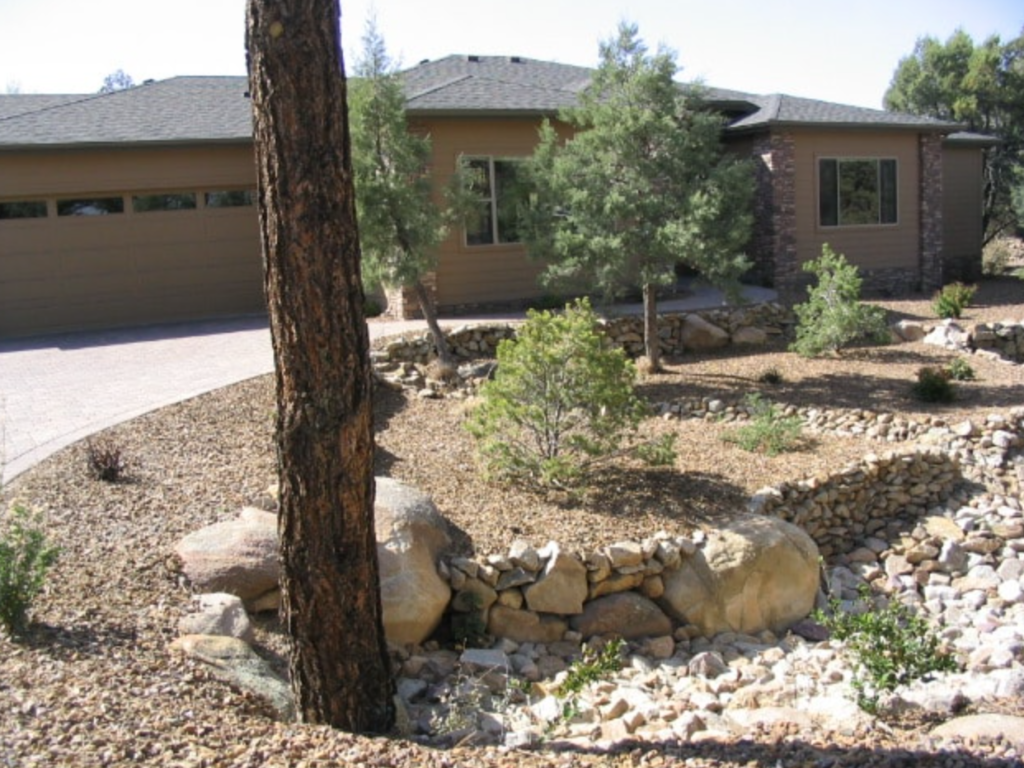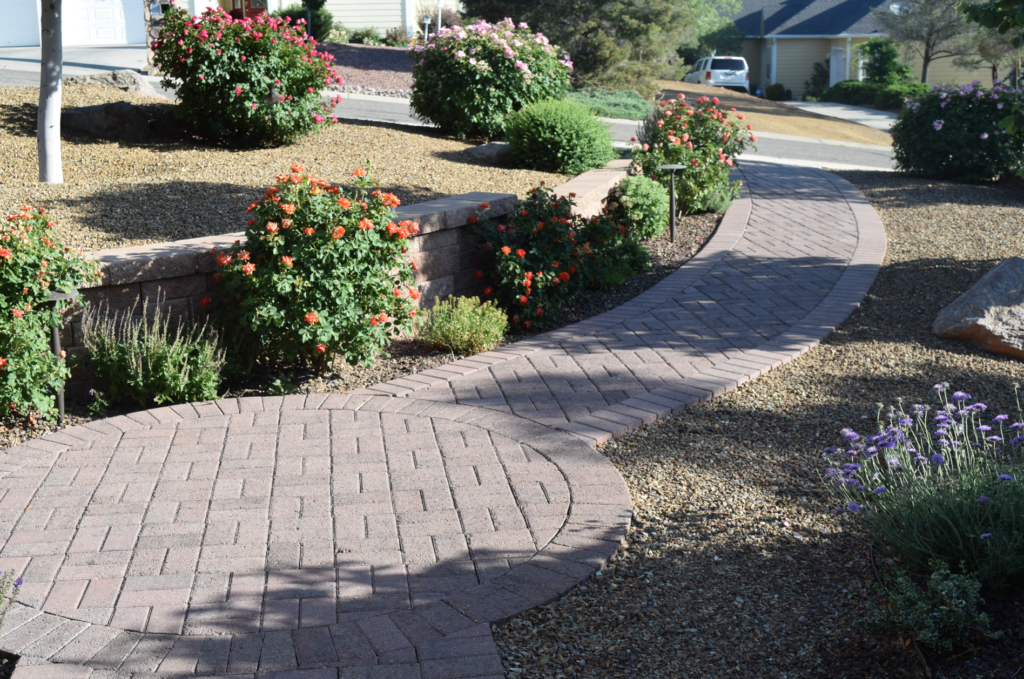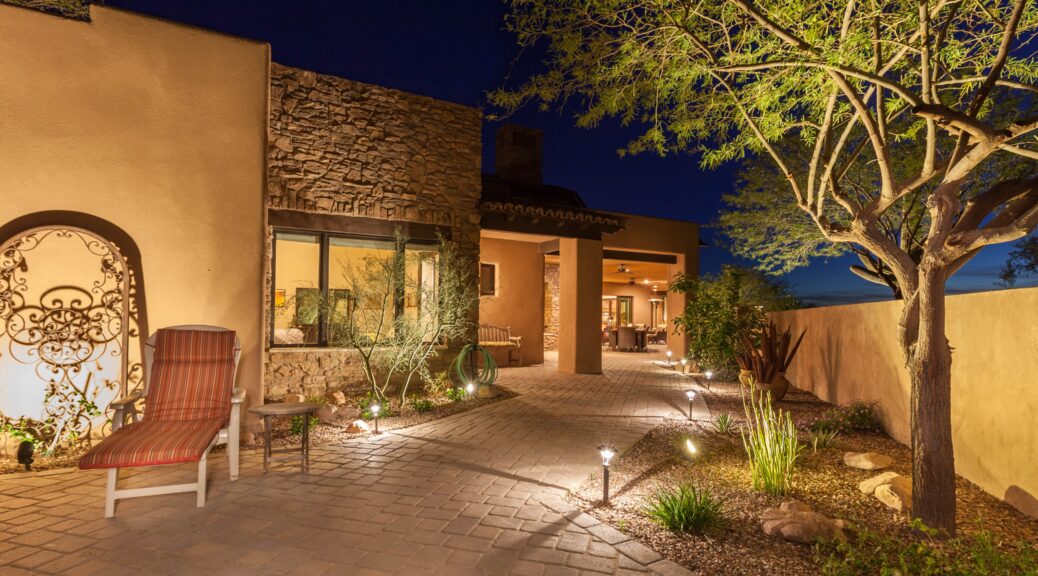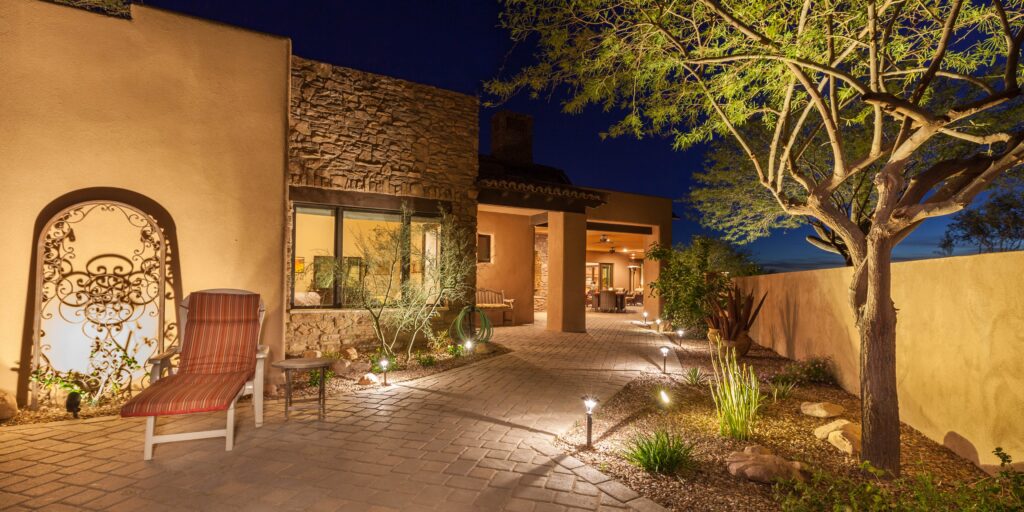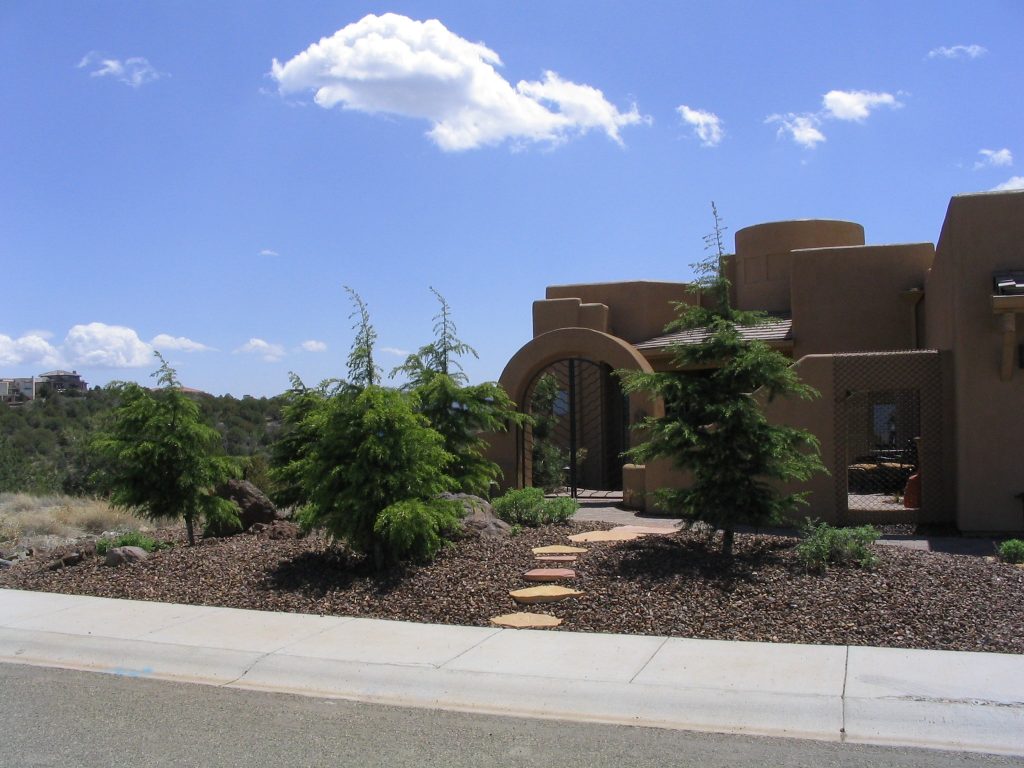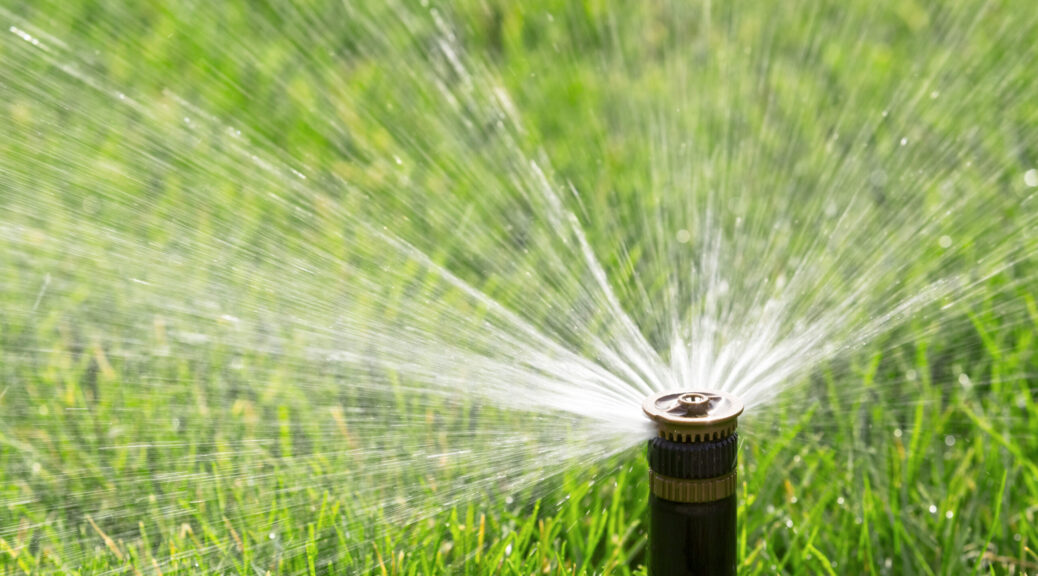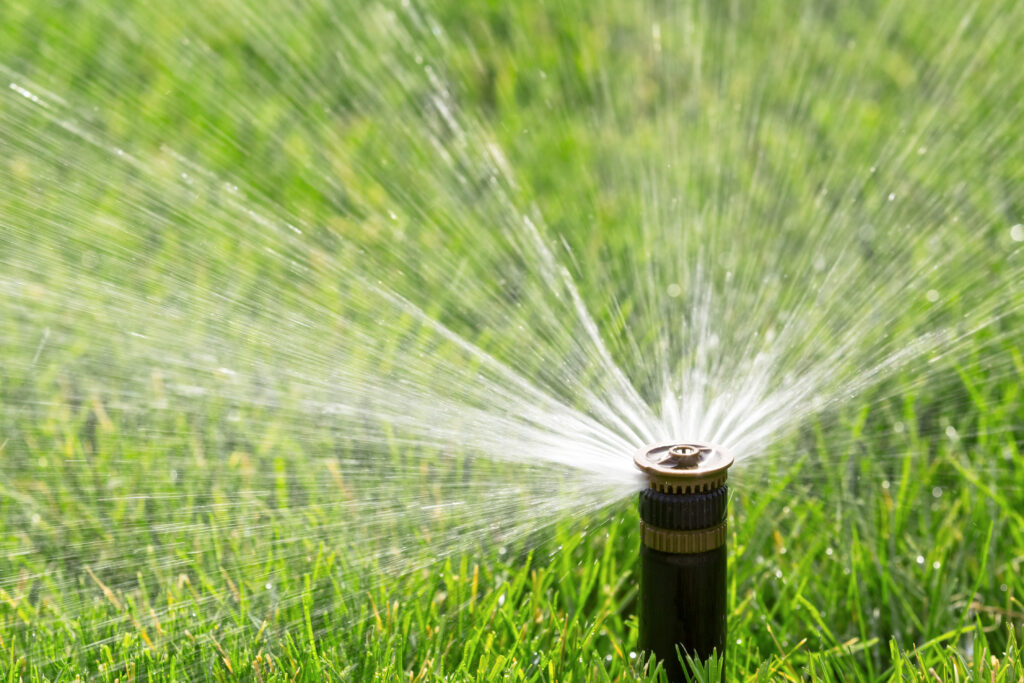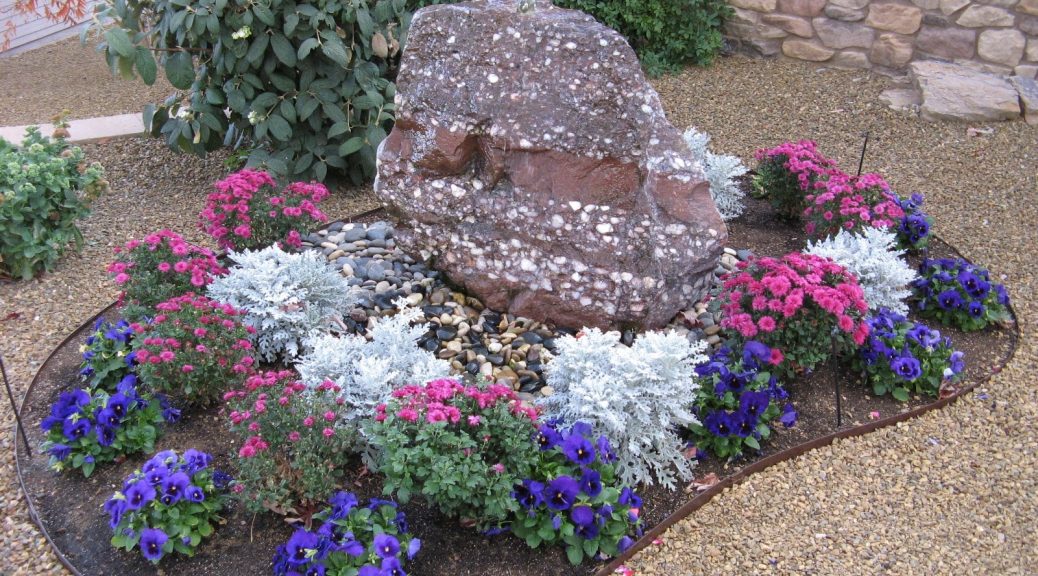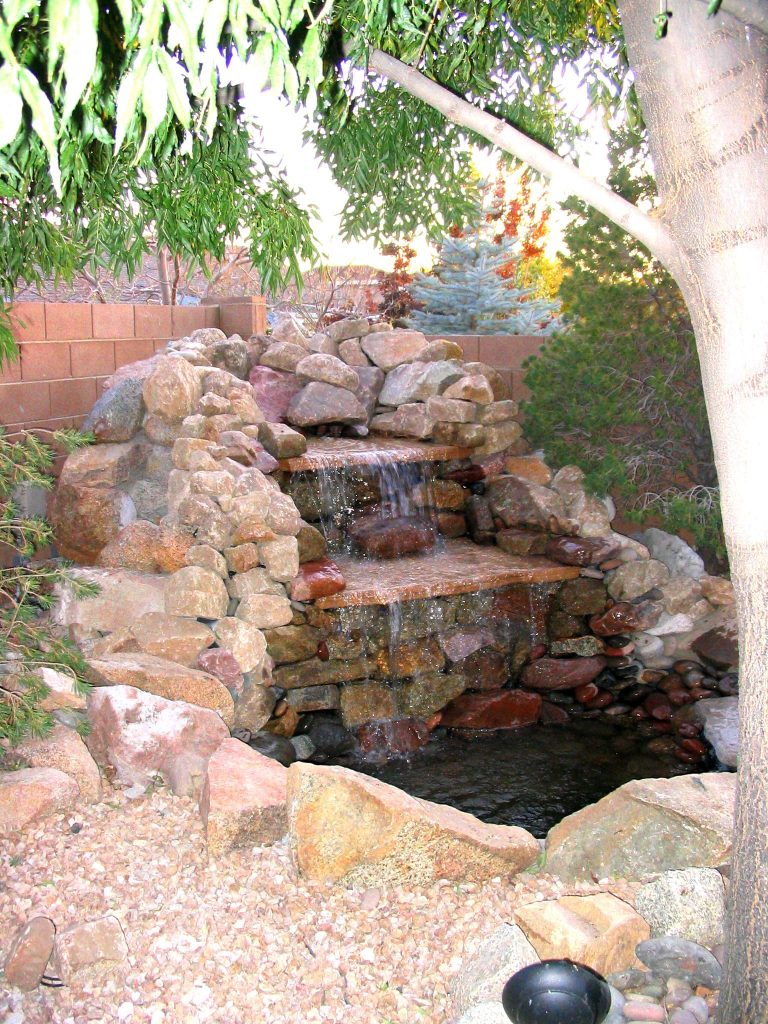
What is Water-Wise Landscaping?
Water-wise landscaping, also known as xeriscaping, is an environmentally conscious approach to outdoor design that prioritizes efficient water use and conservation. It involves implementing practices and making choices that reduce water consumption, ultimately contributing to the sustainability of landscapes, particularly in arid or water-scarce regions like Arizona.
Why Water-Wise Landscaping is Beneficial:
Conservation of a Precious Resource:
- Water is a finite resource, and water-wise landscaping helps preserve it by minimizing unnecessary water usage. This is especially crucial in regions with limited water availability.
Cost Savings:
- Water-wise practices can lead to reduced water bills for homeowners and businesses. By optimizing irrigation and utilizing drought-resistant plants, water-wise landscaping offers long-term financial benefits.
Environmental Impact:
- By limiting water consumption, water-wise landscaping contributes to environmental sustainability. It reduces the strain on local water sources, mitigates soil erosion, and helps maintain the delicate balance of ecosystems.
Resilient Landscapes:
- Water-wise landscapes are designed to thrive in challenging conditions. Drought-tolerant plants and efficient irrigation systems create resilient outdoor spaces that withstand periods of water scarcity.
Types of Water-Wise Landscaping Practices:
Native and Drought-Tolerant Plants:
- Incorporating plants adapted to the local climate reduces the need for excessive watering. These resilient plants thrive in the natural conditions of the region.
Efficient Irrigation Systems:
- Smart irrigation technologies, such as drip systems and soil moisture sensors, ensure that water is used only where and when needed. This minimizes runoff and optimizes water delivery.
Mulching:
- The application of mulch around plants helps retain soil moisture, suppresses weeds, and regulates soil temperature. It’s a simple yet effective method to conserve water in landscaping.
Rainwater Harvesting:
- Collecting and storing rainwater for later use in irrigation is a sustainable practice that reduces reliance on traditional water sources.
Hardscaping and Permeable Surfaces:
- Integrating hardscape elements and permeable surfaces reduces the amount of water-absorbing soil, preventing runoff and allowing water to penetrate the ground.
Smart Planting Design:
- Strategic placement of plants based on their water needs creates microenvironments within the landscape. This approach optimizes water use and promotes the health of individual plant species.
Water-wise landscaping is a holistic and practical approach that not only conserves water but also creates beautiful, sustainable outdoor spaces. By adopting these practices, individuals and communities can make a positive impact on the environment while enjoying aesthetically pleasing and resilient landscapes.
To learn more about Water-Wise Landscaping and how Vicente can help contact us at 928-636-1601 or visit our website vicentelandscaping.com




